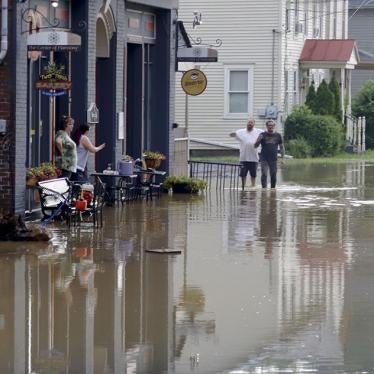Last week, the United States Environmental Protection Agency (EPA) decided not to ban chlorpyrifos, a neurotoxic pesticide that, according to studies funded by the agency, has been linked to developmental delay in children. This decision is just the latest example of the Trump administration obstructing public and environmental health regulations of toxic materials.
The decision follows several attempts by the administration to quash a 2015 EPA proposal to ban chlorpyrifos. These efforts began just weeks after President Donald Trump’s inauguration, to which the manufacturer of the pesticide, Corteva (formerly DowDupont), contributed $1 million.
Chlorpyrifos belongs to a class of chemicals called organophosphates. Scientists have linked organophosphate exposures to childhood cancers. They have also found chlorpyrifos exposure to increase the risk of neurodevelopmental challenges such as learning disabilities, developmental delay, and ADHD, as well as dizziness, confusion, respiratory paralysis, and death.
Considering these serious health risks, the decision by the EPA’s administrator is misguided. The EPA also failed to comply with the relevant standards under the Food Quality Protection Act, which requires the agency to demonstrate that there is a reasonable certainty the pesticide will not cause harm. The EPA inverted the evidentiary standard when it noted that groups challenging chlorpyrifos’s use did not have “sufficiently valid, complete or reliable” data demonstrating the product is not safe.
In recognizing the serious public health threats posed by chlorpyrifos exposure, US states have taken matters into their own hands. Hawaii and California have passed laws to ban the pesticide and New York, Oregon, Maryland, and Connecticut have similar initiatives underway.
But despite some state laws, chlorpyrifos continues to be used on food crops such as corn, fruit, nuts, and soybeans in other areas of the US. As a result, agricultural workers, their families, and those who live near crop fields or waste disposal sites all remain at increased risk of exposure and serious illnesses.
Exposure to dangerous pesticides undermines the rights to health and a healthy environment of communities across the United States. By rejecting its own science, the Trump administration continues to put these rights at risk.










